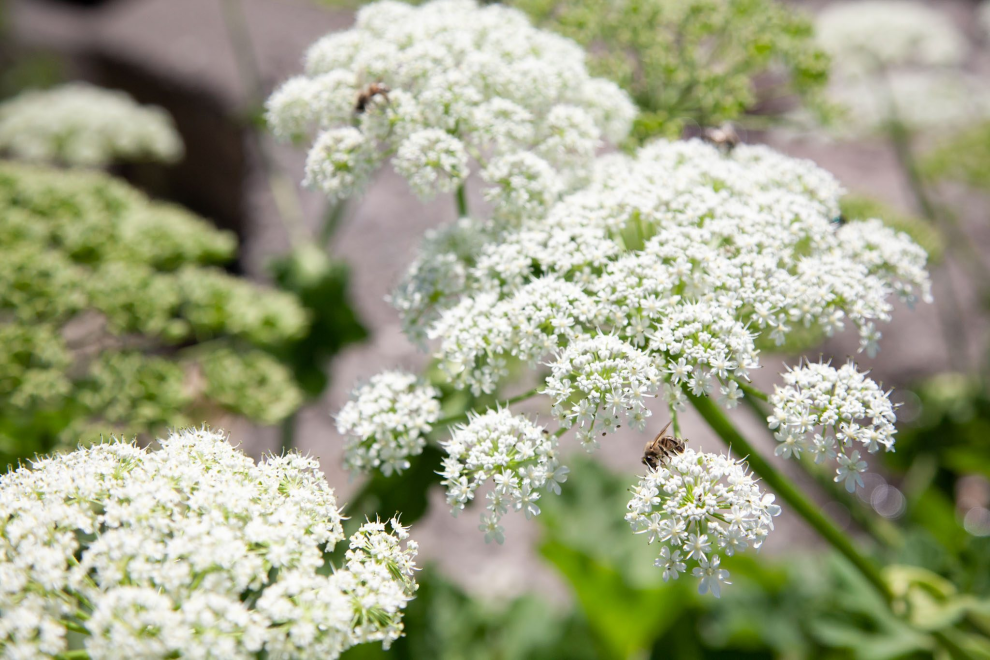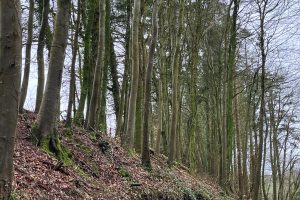FARMERS and members of the public are being called upon to be vigilant and report any sightings of the “potentially harmful” giant hogweed plant. This warning comes as giant hogweed, scientifically known as Heracleum mantegazzianum, poses significant dangers such as severe skin burns and blistering.
To facilitate the reporting of these sightings, an interactive map has been launched on whatshed.co.uk. This map allows individuals to easily notify authorities about the presence of this harmful plant in their vicinity.
Giant hogweed belongs to the Apiaceae family, which also includes commonly known plants like parsley, carrot, parsnip, cumin, and coriander. Originating from the Caucasus Mountains and Central Asia, this invasive species was first introduced to the United Kingdom during the 19th century.
The Royal Horticultural Society (RHS) has labeled giant hogweed as “invasive and potentially harmful.” The danger lies in the plant’s sap, which contains furocoumarin—a substance that renders the skin extremely sensitive to sunlight. The RHS warns that contact with the sap can result in severe burns and subsequent blistering. These blisters can reappear over the course of several months or even years, causing long-lasting scars and pigmentation issues.
The Woodland Trust emphasizes that the best preventive measure is to familiarize oneself with the appearance of giant hogweed and actively avoid any contact with it. Recognizing the plant is crucial to ensuring personal safety.
In the event of contact with giant hogweed, The First Aid Training Co-operative provides the following guidelines for treatment:
- Immediately wash the affected area with soap and cool water.
- Refrain from bursting any blisters and seek medical assistance if the blisters are extensive.
- Avoid exposure to sunlight for at least 48 hours.
- Thoroughly wash any clothing that came into contact with the plant.
- Stay vigilant for any delayed reactions or symptoms.
To help identify giant hogweed, the Woodland Trust highlights four key characteristics to observe:
- Stems: The plant’s green stems often exhibit purple blotches and are covered in stiff, white, brittle hairs. They are hollow with ridges and possess a dense circle of hairs at the base of each leaf stalk.
- Leaves: Giant hogweed leaves can be quite large, measuring up to 1.5 meters in width and 3 meters in length. They are deeply divided into smaller leaflets, resembling rhubarb leaves with sharp and jagged edges. The undersides of the leaves are hairy.
- Flowers: The plant produces small white (or slightly pink) flowers that bloom between June and July. These flowers are clustered on umbrella-like heads called umbels, which can reach a diameter of 60 centimeters. All the umbels face upwards.
- Seeds: The dry, flat, and oval-shaped seeds of giant hogweed are approximately 1 centimeter long. They are tan in color with brown lines covering three-quarters of the seed’s length.
By remaining vigilant and promptly reporting any sightings of giant hogweed, farmers and the general public can contribute to mitigating the potential harm caused by this invasive plant.

















